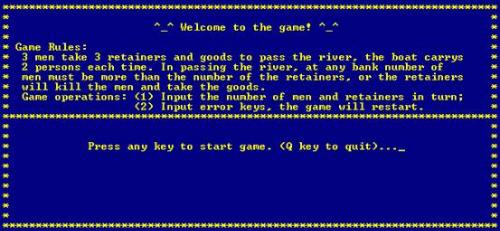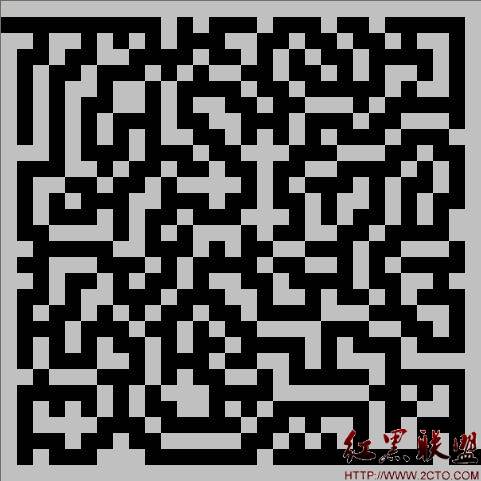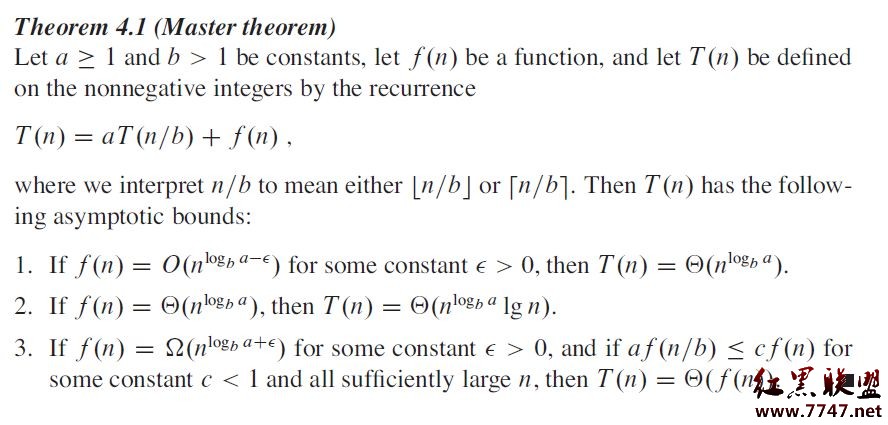POJ 1925 Spiderman
Spiderman
Time Limit: 5000MS Memory Limit: 65536K
Total Submissions: 5692 Accepted: 1107
Description
Dr. Octopus kidnapped Spiderman's girlfriend M.J. and kept her in the West Tower. Now the hero, Spiderman, has to reach the tower as soon as he can to rescue her, using his own weapon, the web.
From Spiderman's apartment, where he starts, to the tower there is a straight road. Alongside of the road stand many tall buildings, which are definitely taller or equal to his apartment. Spiderman can shoot his web to the top of any building between the tower and himself (including the tower), and then swing to the other side of the building. At the moment he finishes the swing, he can shoot his web to another building and make another swing until he gets to the west tower. Figure-1 shows how Spiderman gets to the tower from the top of his apartment – he swings from A to B, from B to C, and from C to the tower. All the buildings (including the tower) are treated as straight lines, and during his swings he can't hit the ground, which means the length of the web is shorter or equal to the height of the building. Notice that during Spiderman's swings, he can never go backwards.

You may assume that each swing takes a unit of time. As in Figure-1, Spiderman used 3 swings to reach the tower, and you can easily find out that there is no better way.
Input
The first line of the input contains the number of test cases K (1 <= K <= 20). Each case starts with a line containing a single integer N (2 <= N <= 5000), the number of buildings (including the apartment and the tower). N lines follow and each line contains two integers Xi, Yi, (0 <= Xi, Yi <= 1000000) the position and height of the building. The first building is always the apartment and the last one is always the tower. The input is sorted by Xi value in ascending order and no two buildings have the same X value.
Output
For each test case, output one line containing the minimum number of swings (if it's possible to reach the tower) or -1 if Spiderman can't reach the tower.
Sample Input
2
6
0 3
3 5
4 3
5 5
7 4
10 4
3
0 3
3 4
10 4
Sample Output
3
-1
Source
Beijing 2004 Preliminary@POJ
想着用bfs写来,结果却爆栈了,dp的关系其实也知道,还是没写出来,把他想麻烦了,第一次发现0x7fffffff+1会越界,真不知以前是怎么写,真是没有注意到这个问题啊
#include <iostream>
#include <cstring>
#include <cstdio>
#include <cmath>
#define N 5010
#define M 1000100
#define INF 0x7ffffff
using namespace std;
struct point
{
int x,y;
}a[N];
int dp[M];
int main()
{
// freopen("data1.in","r",stdin);
int t;
scanf("%d",&t);
while(t--)
{
int n;
scanf("%d",&n);
for(int i=1;i<=n;i++)
{
scanf("%d %d",&a[i].x,&a[i].y);
}
for(int i=0;i<=a[n].x;i++)
{
dp[i] = INF;
}
int y1 = a[1].y;
dp[a[1].x]=0;
for(int i=2;i<=n;i++)
{
int x2 = a[i].x;
int y2 = a[i].y;
for(int j=x2-1;j>=a[1].x;j--)
{
int x1=j;
int x = x2 - x1;
int y = y2 - y1;
__int64 l1 = (__int64)(x)*(__int64)(x)+(__int64)(y)*(__int64)(y);
__int64 l2 = (__int64)(y2)*(__int64)(y2);
if(l1>l2)
{
break;
}
int k = 2 * x2 - x1;
if(k>=a[n].x)
{
k = a[n].x;
}
dp[k] = min(dp[k],dp[x1]+1);
}
}
if(dp[a[n].x]==INF)
{
printf("-1\n");
}else
{
printf("%d\n",dp[a[n].x]);
}
}
return 0;
}
#include <iostream>
#include <cstring>
#include <cstdio>
#include <cmath>
#define N 5010
#define M 1000100
#define INF 0x7ffffff
using namespace std;
struct point
{
int x,y;
}a[N];
int dp[M];
int main()
{
// freopen("data1.in","r",stdin);
int t;
scanf("%d",&t);
while(t--)
{
int n;
scanf("%d",&n);
for(int i=1;i<=n;i++)
{
scanf("%d %d",&a[i].x,&a[i].y);
}
for(int i=0;i<=a[n].x;i++)
{
dp[i] = INF;
}
int y1 = a[1].y;
dp[a[1].x]=0;
for(int i=2;i<=n;i++)
{
int x2 = a[i].x;
int y2 = a[i].y;
for(int j=x2-1;j>=a[1].x;j--)
{
int x1=j;
int x = x2 - x1;
int y = y2 - y1;
__int64 l1 = (__int64)(x)*(__int64)(x)+(__int64)(y)*(__int64)(y);
__int64 l2 = (__int64)(y2)*(__int64)(y2);
if(l1>l2)
{
break;
}
int k = 2 * x2 - x1;
if(k>=a[n].x)
{
k = a[n].x;
}
dp[k] = min(dp[k],dp[x1]+1);
}
}
if(dp[a[n].x]==INF)
{
printf("-1\n");
}else
{
printf("%d\n",dp[a[n].x]);
}
}
return 0;
}
补充:软件开发 , C++ ,




